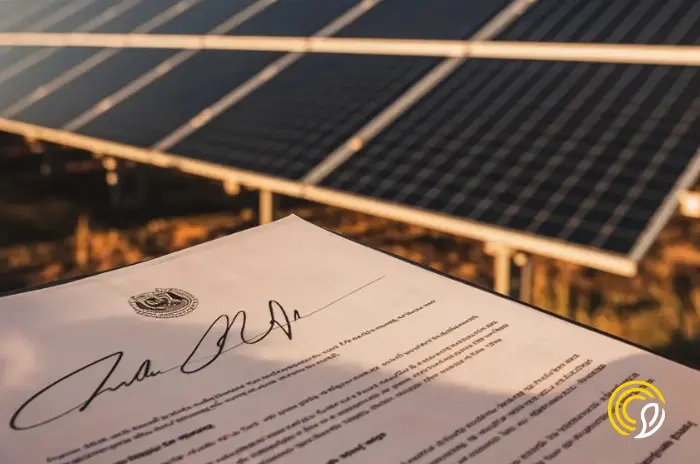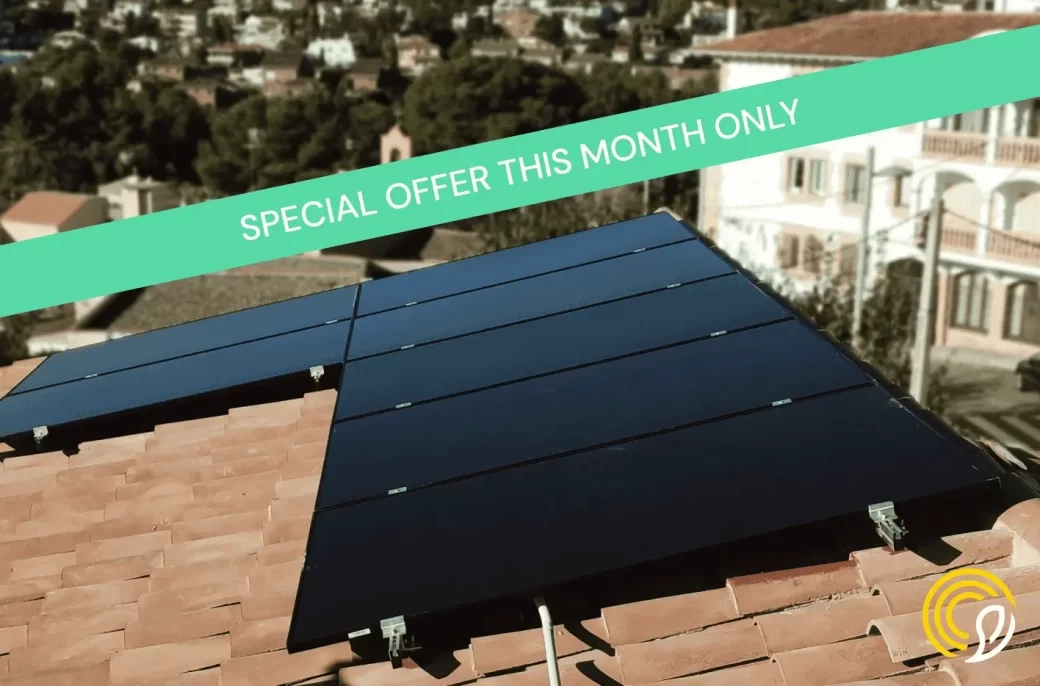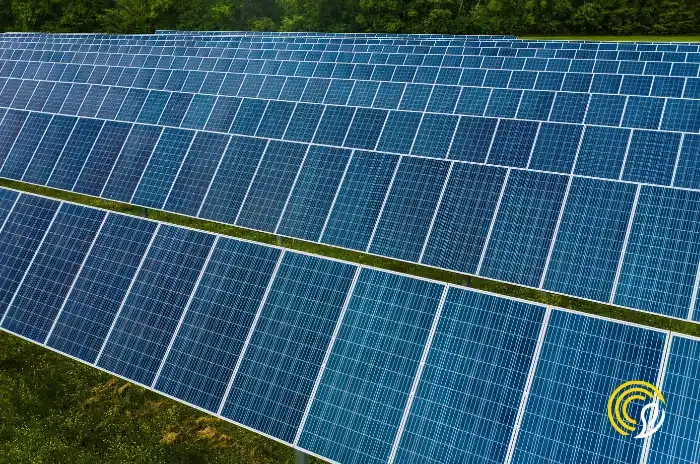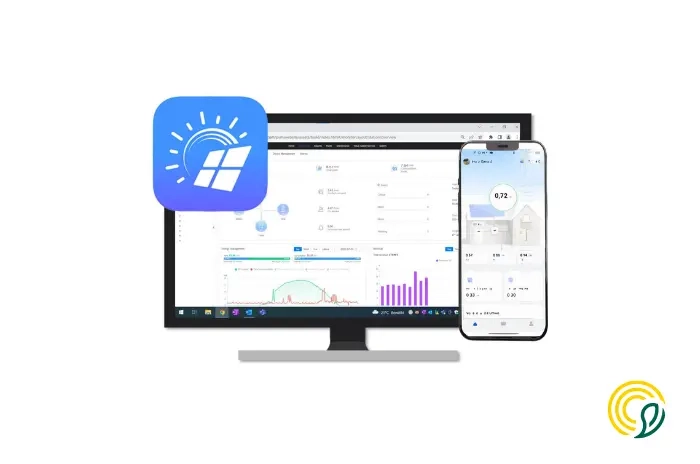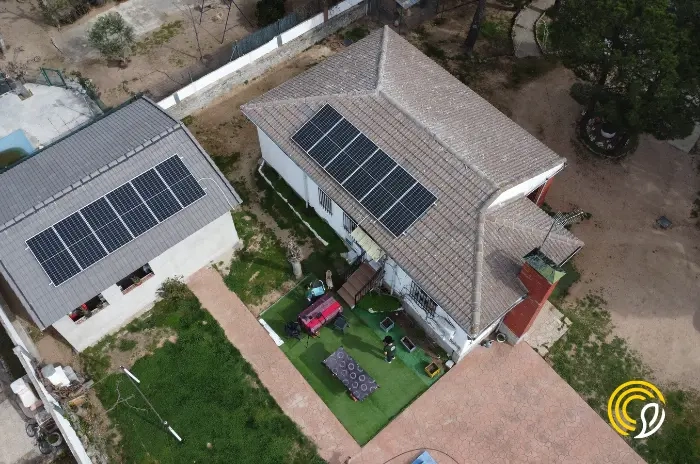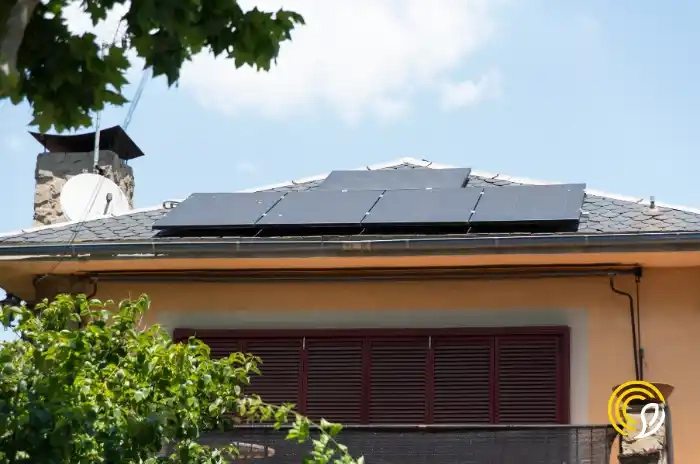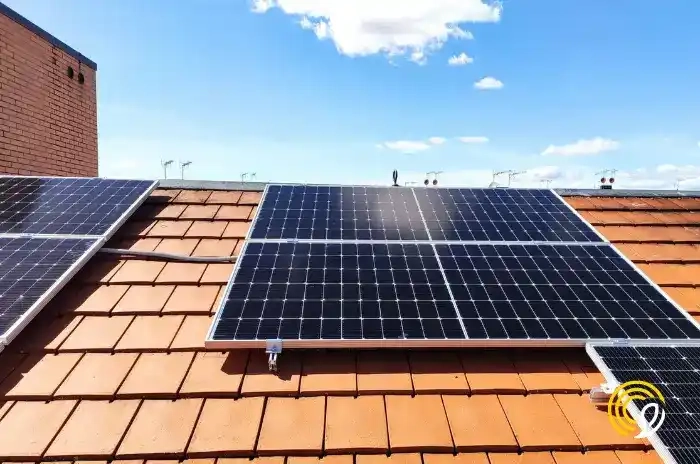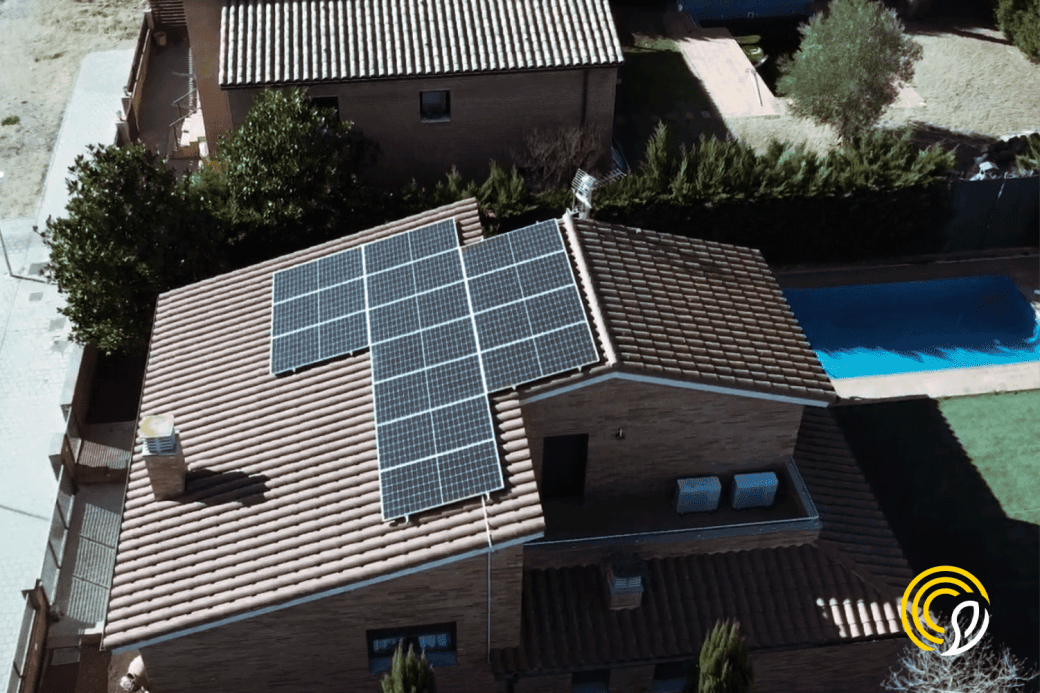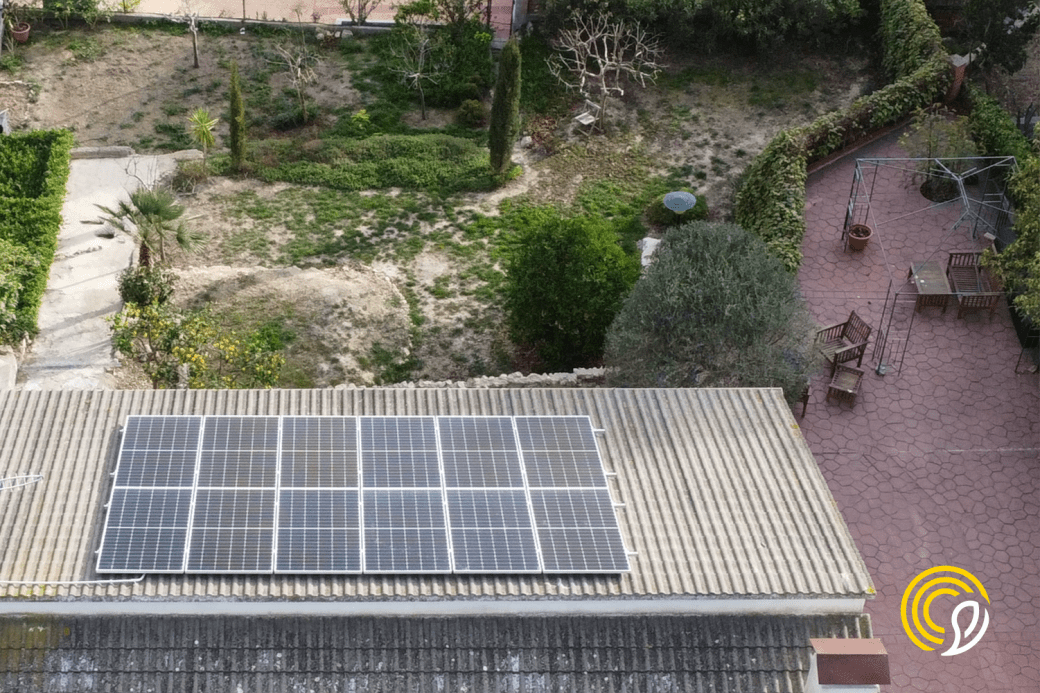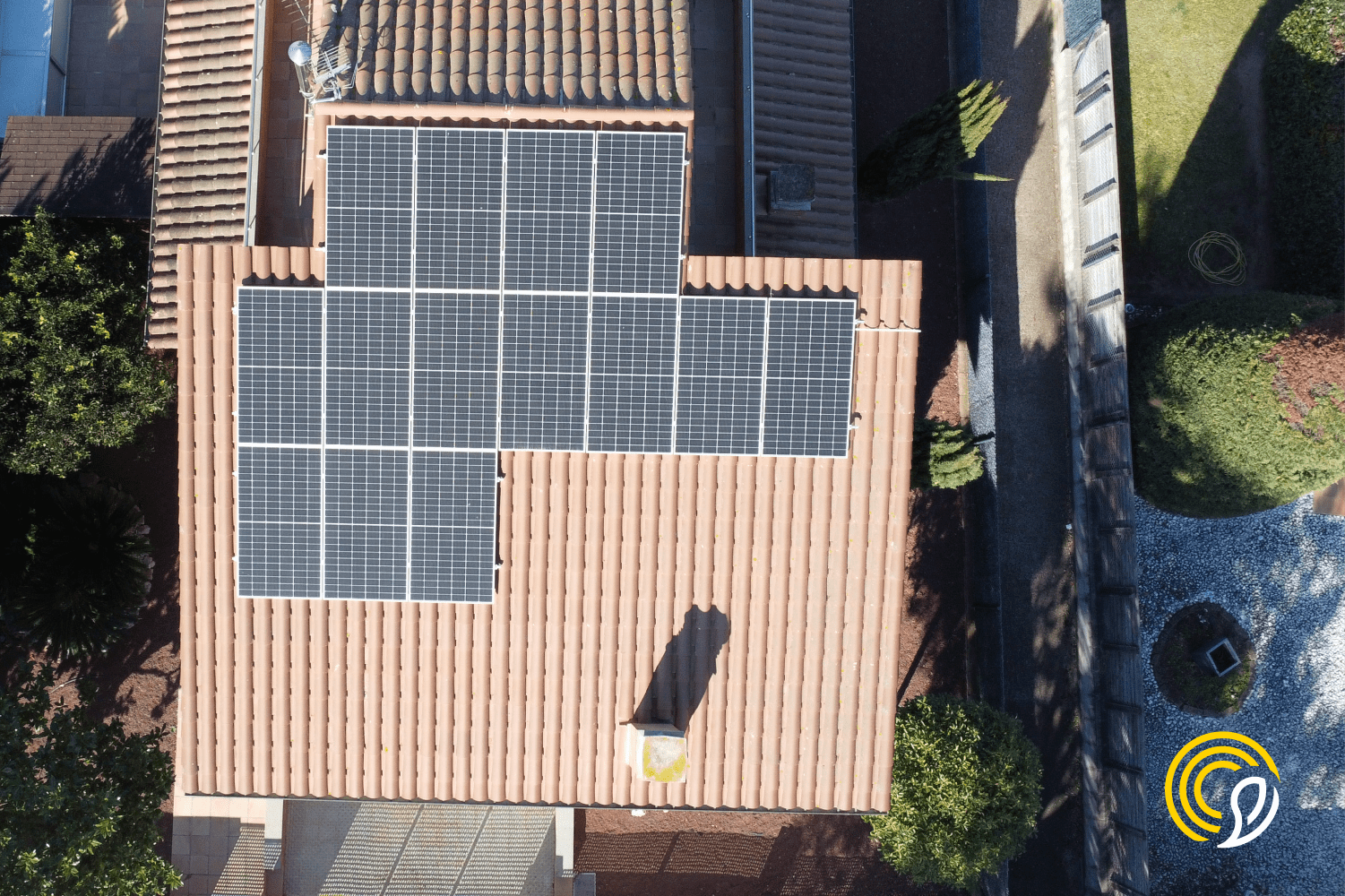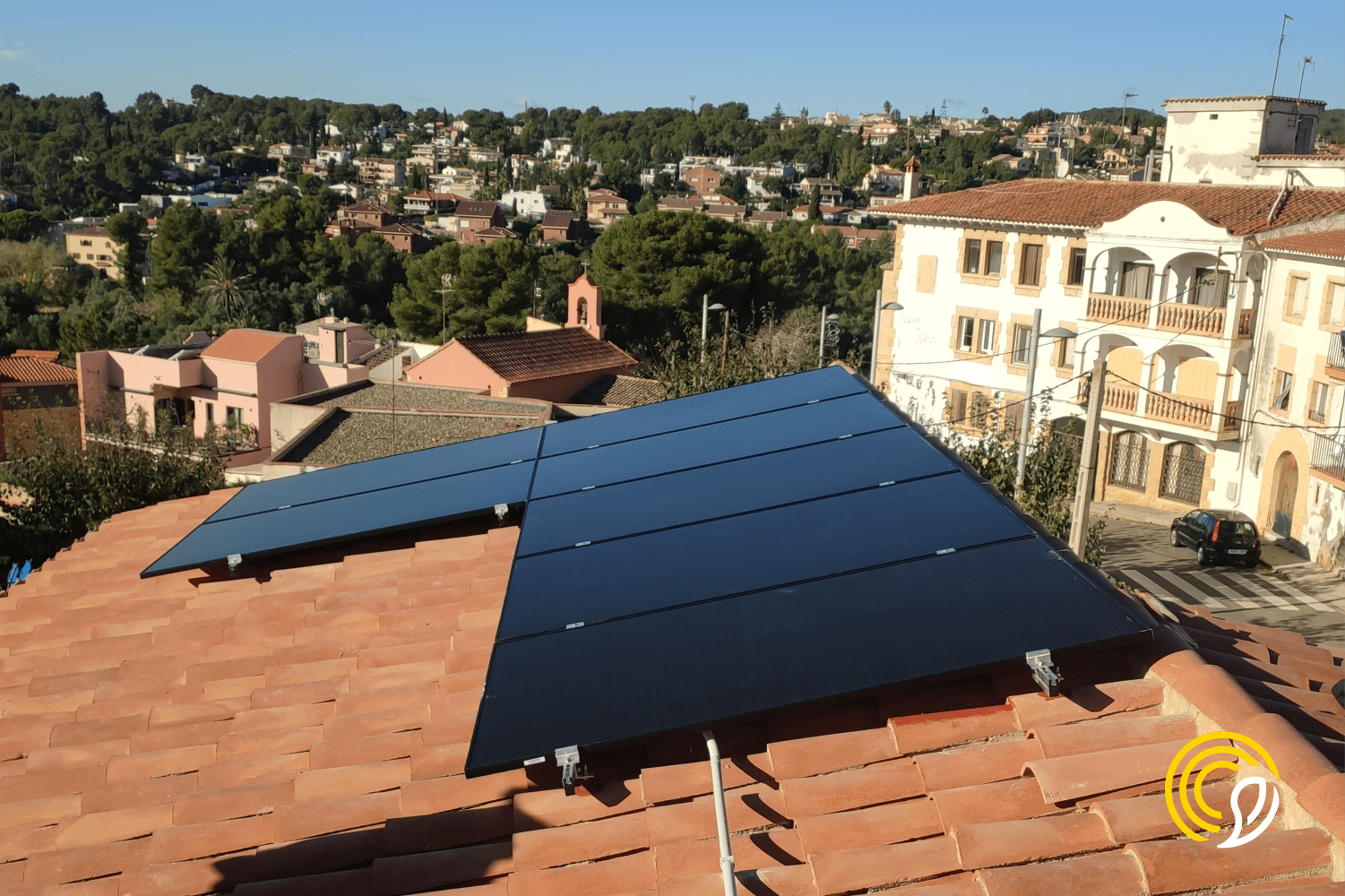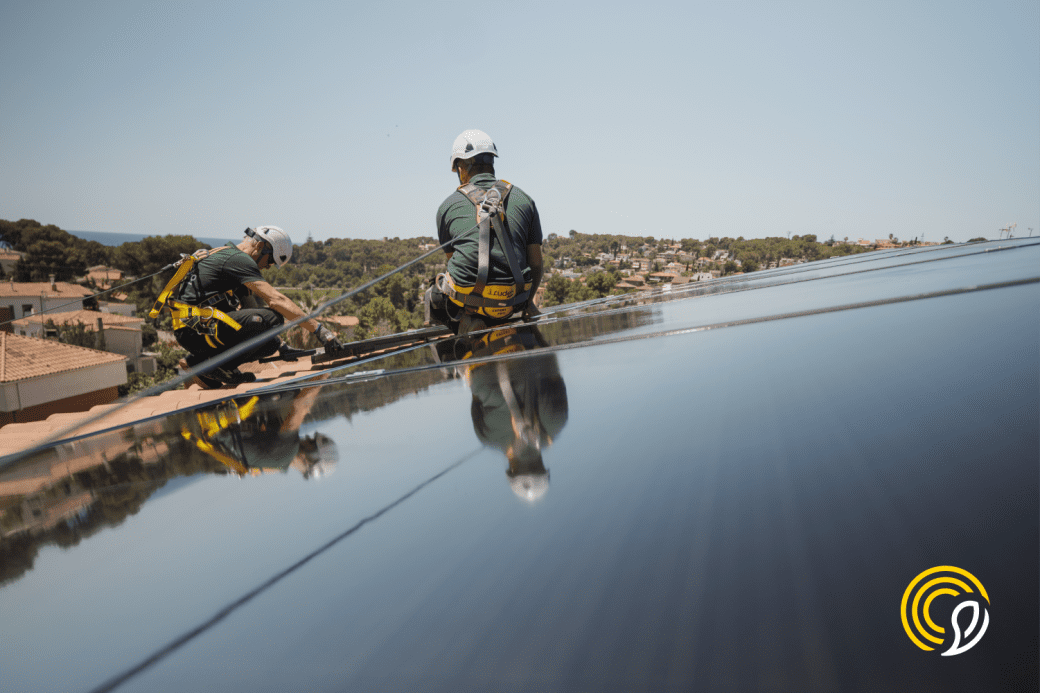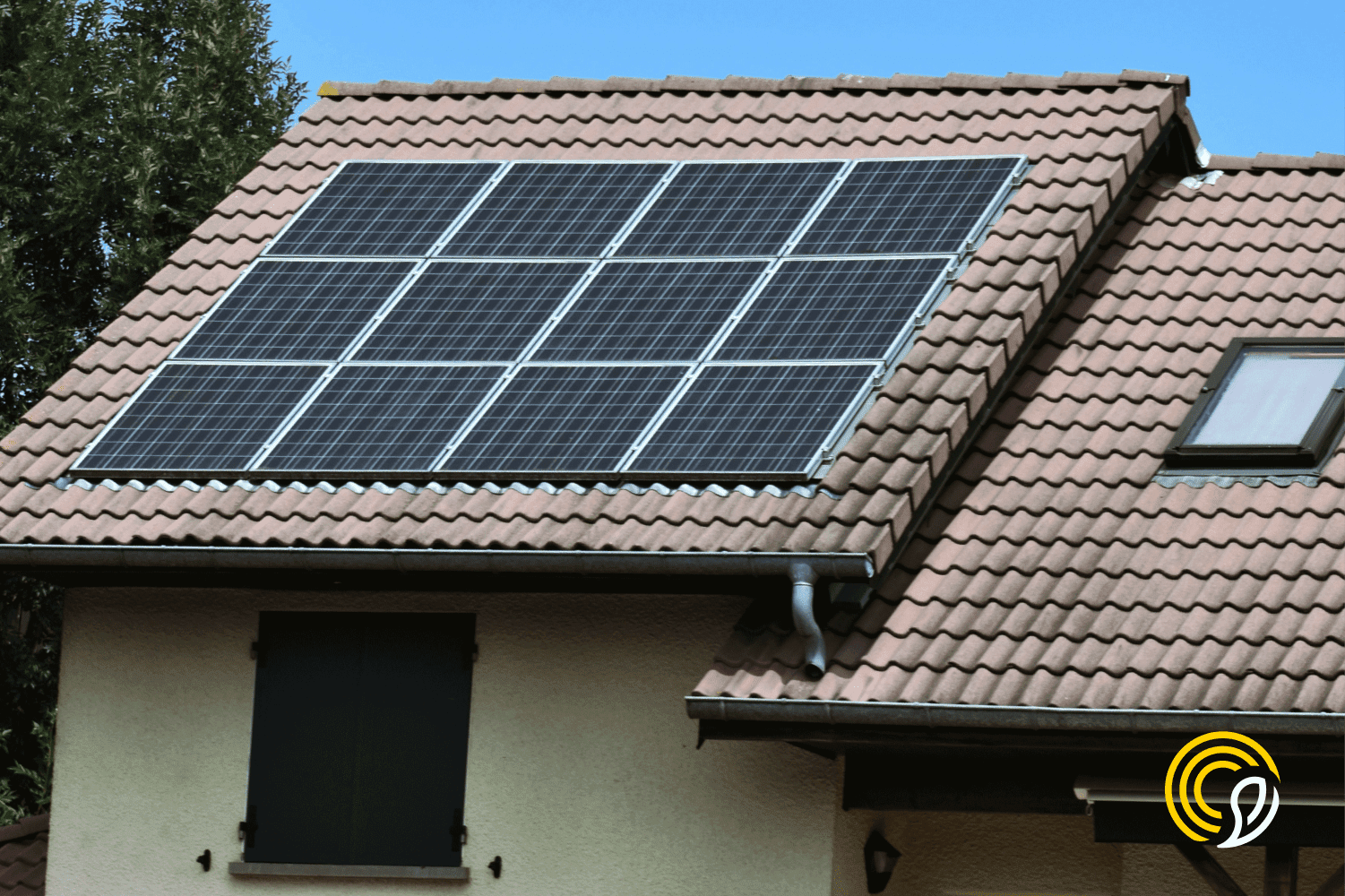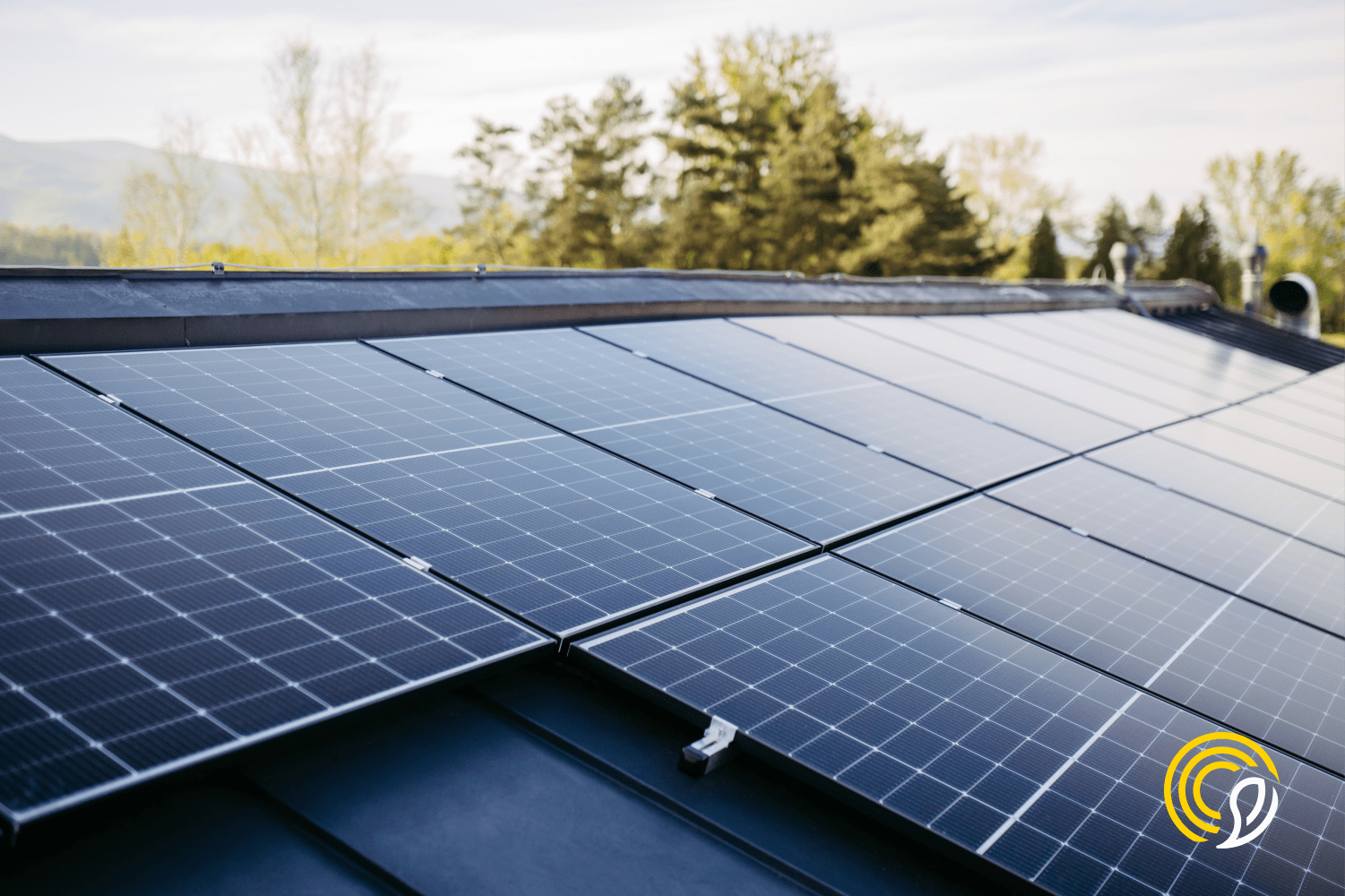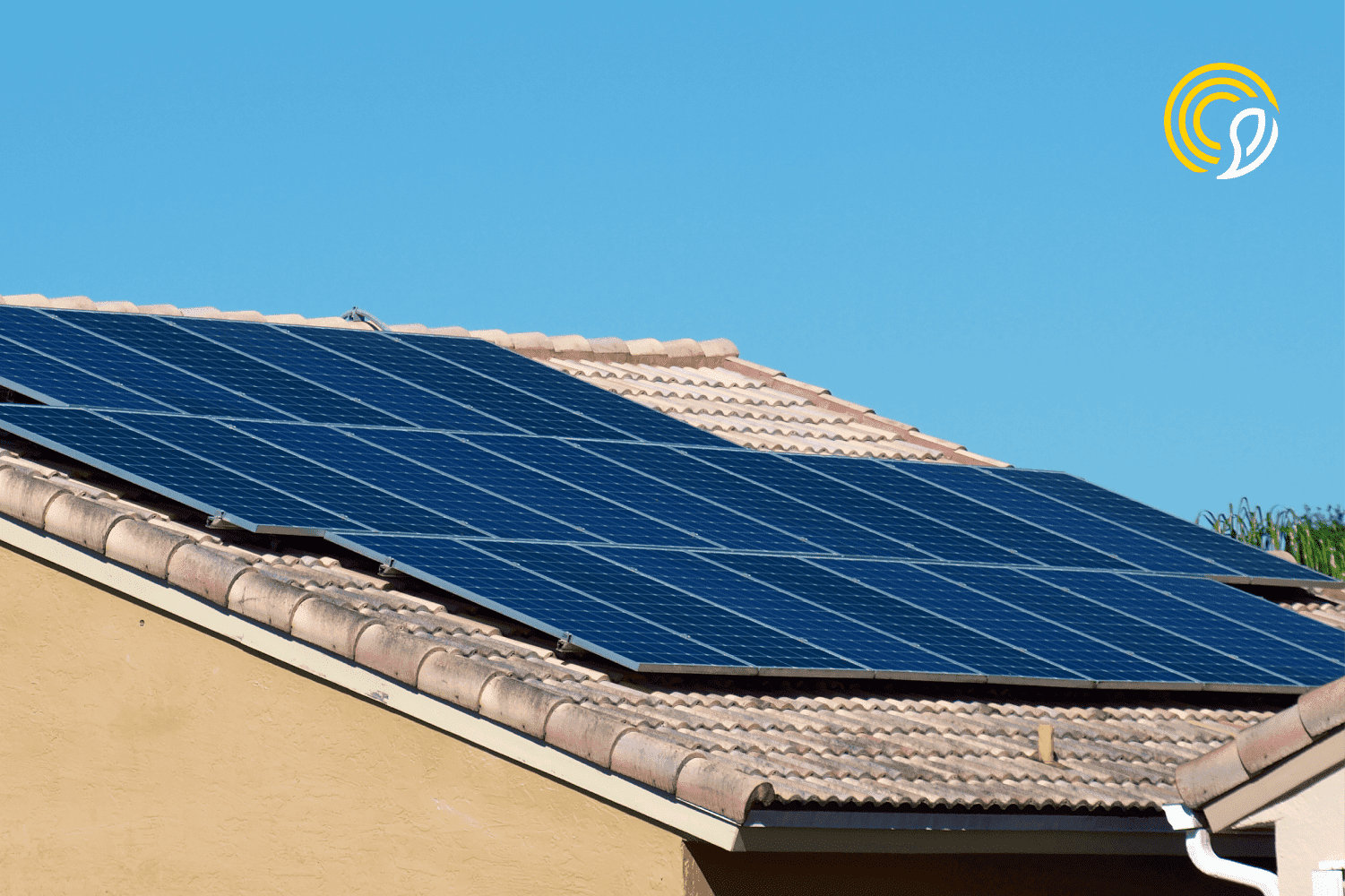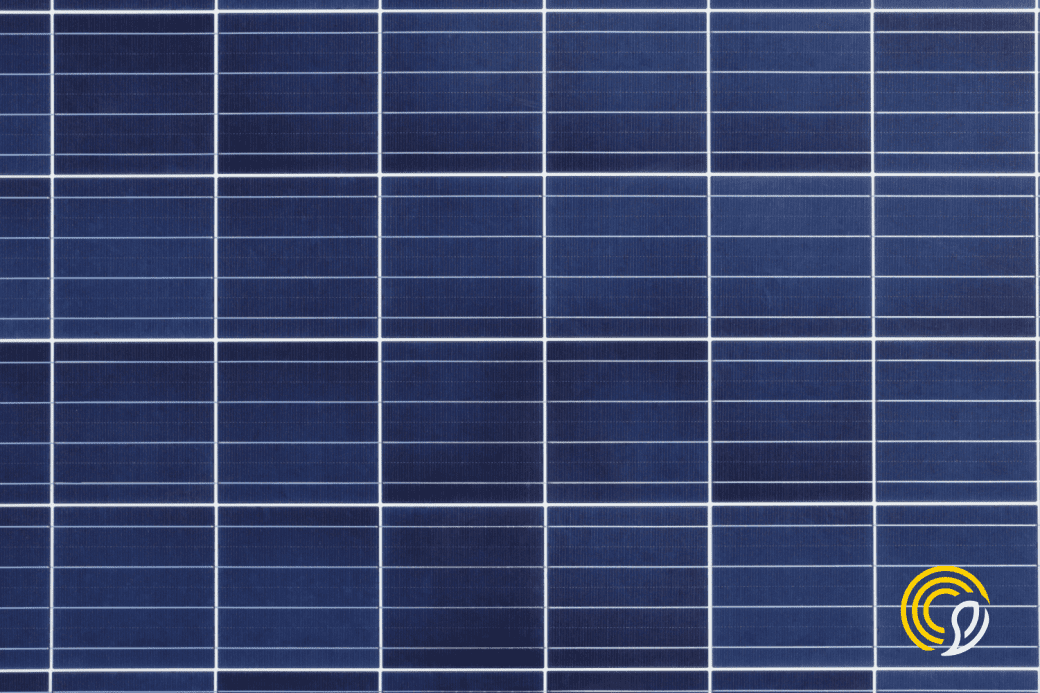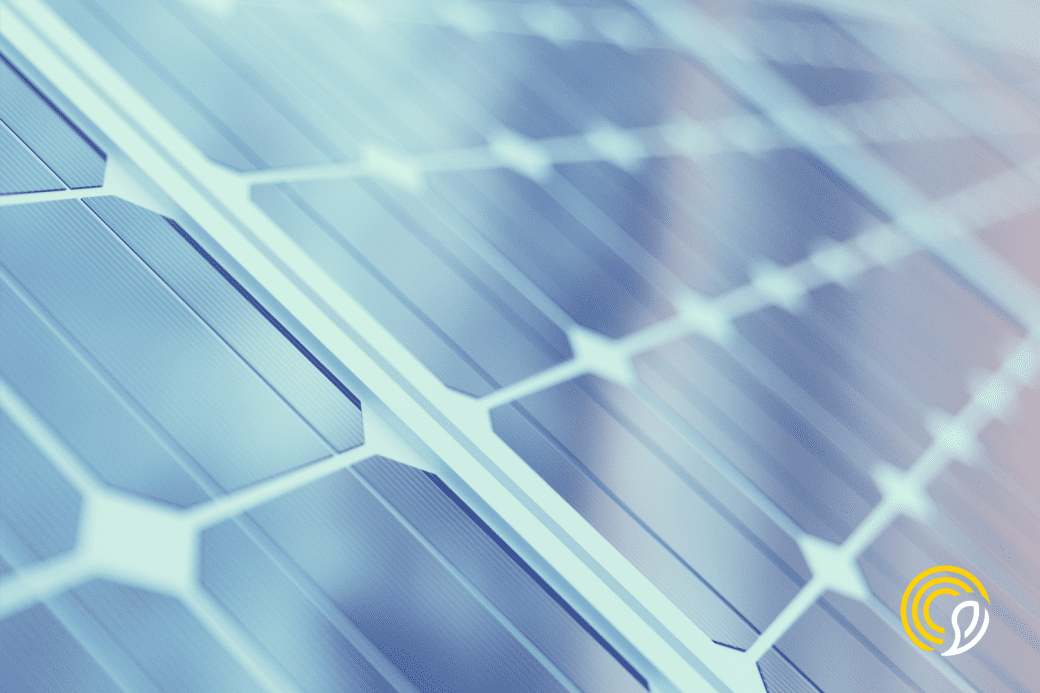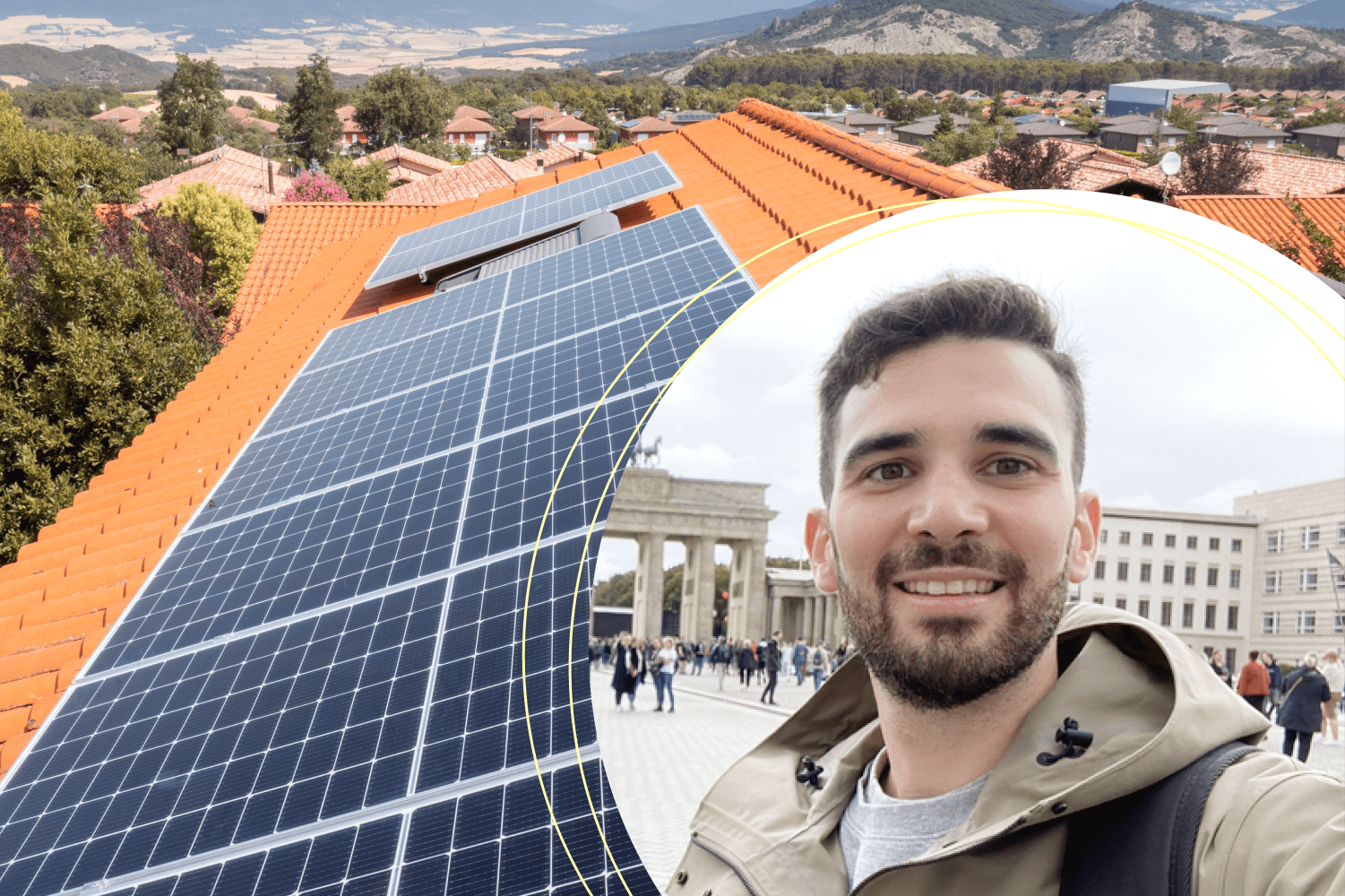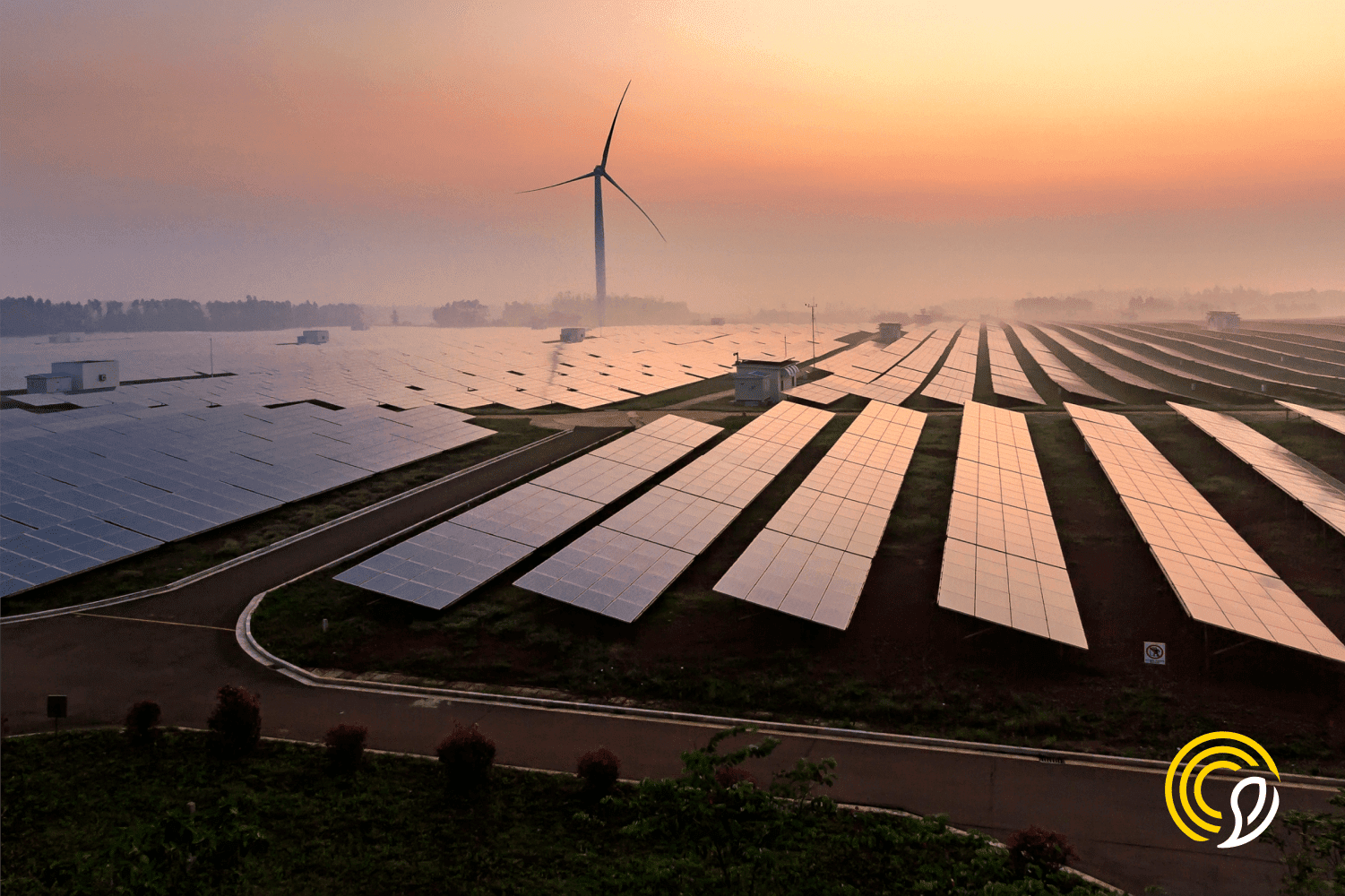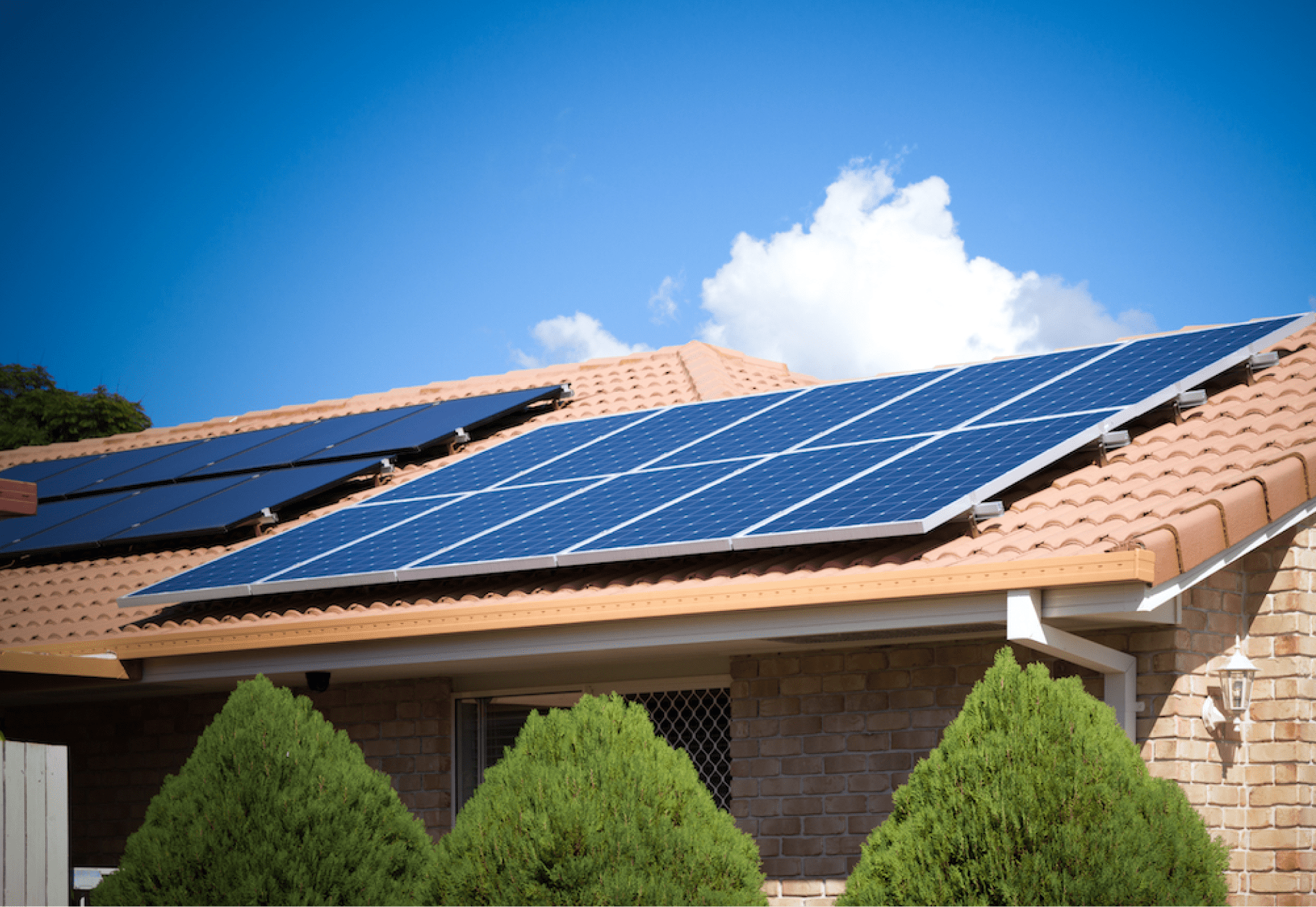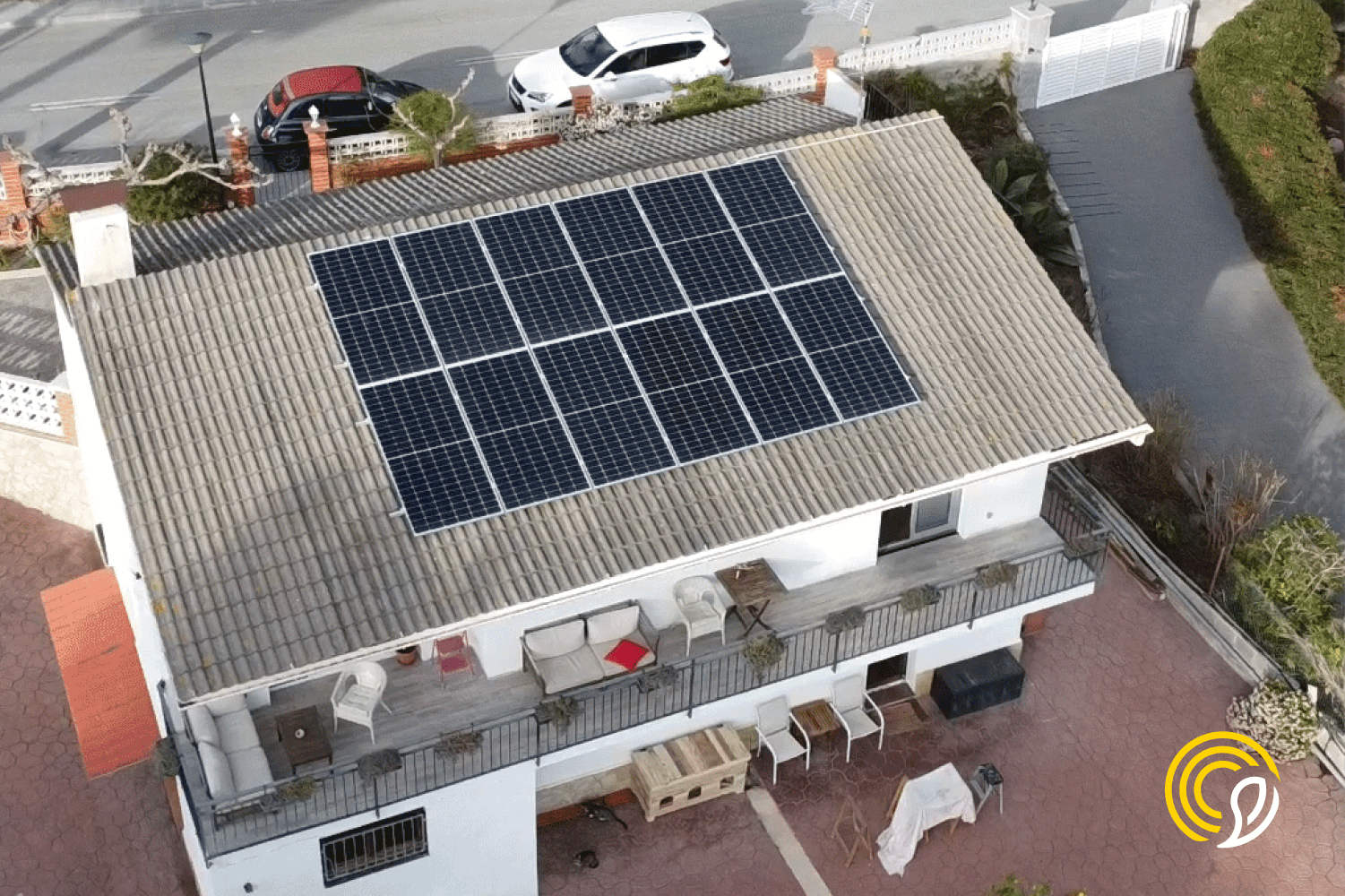
What is a self-consumption facility without surpluses?

Claudia Pardo, Content Specialist at Sunhero and a firm believer that solar energy can transform the world.
27/02/2024
3 min read
ÍNDICE
When you install solar panels on your home, the chances are that you will not consume all the energy produced by your PV system. This energy that you generate but do not consume is called surplus, and you have the option of injecting it into the electricity grid for sale, storing it in batteries or allowing it to dissipate without using it.
The main distinction between self-consumption photovoltaic installations with surpluses and those without surpluses lies in the ability to inject the surplus energy produced into the electricity grid, receiving financial compensation for this.
Self-consumption without surplus
By opting for a self-consumption photovoltaic installation without surplus, an anti-spill system is implemented that prevents the injection of surplus energy into the distribution grid.
This approach ensures that, although the solar panels are technically connected to the grid, the energy that is not consumed is not distributed, acting exclusively as a consumer and not as a producer for other grid users. This system of self-consumption without surplus does not allow for financial compensation for unused surplus.
However, technological advances and innovations in storage systems, especially using latest-generation lithium batteries, have improved the profitability of these installations.
What is required for a self-consumption system without surplus?
In order to design a solar self-consumption system without surpluses, it is essential to plan and adapt the system to the specific energy consumption needs of the household. These are the recommended steps to get the most out of your PV system.
1. Components and technical design
Selecting an anti-dumping or zero-injection system: Opt for advanced technologies that prevent the return of excess energy to the grid, using smart load controllers and home energy management systems that adjust consumption in real time.
Calculating required capacity: Conduct a detailed analysis of energy consumption history to properly determine the amount of solar panels and storage capacity required, based on analysis of past energy bills and consumption patterns.
2. Consumption optimisation
Integration of efficient appliances: Select energy-efficient appliances that can be programmed to operate during peak solar generation hours, such as washing machines, dishwashers, and heating or cooling systems.
Smart automation and control: Implement home energy management systems to control and optimise energy use in real time, through mobile apps or automated systems that redistribute energy to maximise self-consumption.
3. Adaptation of habits
Continuous monitoring and adjustment: It is vital to monitor system performance and consumption patterns after installation in order to make necessary adjustments. This continuous adjustment is essential to maintain the efficiency of the self-consumption system without generating surpluses.
Collective self-consumption without surpluses
Collective self-consumption without surplus refers to the situation where a group of users share a solar installation equipped with an anti-spill system. This means that any electricity generated and not immediately consumed is not fed back into the grid, thus eliminating the possibility for participants to receive surplus compensation.
In this model, it is essential to carry out an accurate estimation of the required number of solar panels. The aim is to optimise the use of renewable energy without wasting it, while avoiding the adverse situation of not generating enough energy to meet the collective’s self-consumption needs.
Collective self-consumption without surpluses subject to compensation
Collective self-consumption without surpluses with compensation is a modality where, although the installation does not return surpluses to the grid thanks to an anti-spillage system, users can compensate the surplus energy among themselves. In this way, the energy generated and not consumed by one user can be used by another within the same group, facilitating internal compensation without the need to return energy to the grid.
This compensation is based on power sharing agreements between users, without requiring external surplus compensation contracts. The key to managing this exchange is the installation of a meter linking or centralisation system, which acts as an intermediary between the distributor and the consumers, ensuring an efficient sharing of surplus energy.
Start today!
Fill out our free solar calculator and get a custom quotation
